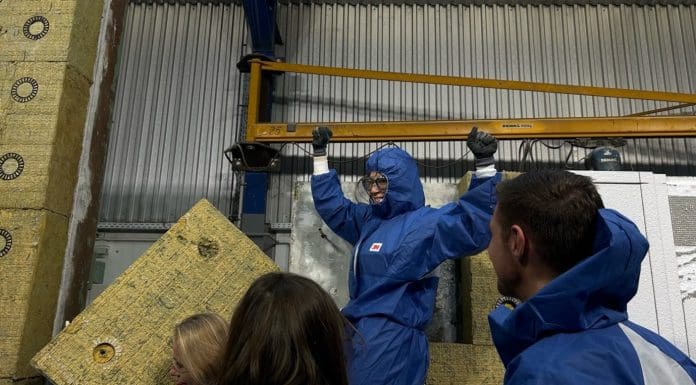
Rachael Twigg, from the World Green Building Council, discusses how the Drastic Project aims to pave the way for increased circularity, sustainability and affordability
within the built environment via its five European ‘Demonstrator’ projects
Europe’s building stock is falling behind in the green transition.
The operational use phase of European buildings alone accounts for around 40% of all energy consumption and 36% of greenhouse gas (GHG) emissions, while the construction sector is responsible for 50% of raw material extraction and 35% of generated waste.
These alarming statistics highlight the urgent need for a complete overhaul of the construction sector and a transition from linear practices towards more circular models to secure a sustainable future for Europe and beyond.
Introducing Drastic: offering innovative circular and sustainable solutions
Drastic, a Horizon Europe project co-funded by the European Union (EU) through the Built4People Partnership, aims to tap into this untapped potential for decarbonisation and transformation through its unique collection of ‘Demonstrator’ projects. Each project seeks to pave the way for increased circularity, sustainability, and affordability within the European built environment.
The four-year project, running from October 2023 to September 2027, is led by the coordinating partner, VITO, and brings together 23 partners working across eight European countries. Between them, Drastic’s partners draw on a wealth of industry knowledge, expertise and experience, covering the entire construction value chain.
Each Drastic Demonstrator is based in a distinct geographic zone with specific drivers that focus on reducing both operational and embodied carbon. Different R-strategies — from Rethink to Recycle and Recover — help to guide the transition to a more sustainable built environment. By prioritising prevention, smarter design, and extending the life of materials, we encourage reduced resource demand, lower emissions, and minimised waste, while fostering innovation in construction and renovation.
Operational carbon refers to the emissions generated from the day-to-day use of a building, such as heating, cooling, and electricity. Embodied carbon, on the other hand, encompasses the emissions from the entire life cycle of building materials, including extraction, manufacturing, transportation, construction, and ultimately, disposal.
Drastic’s Demonstrators: Pioneering circular building practices
Drastic’s Demonstrators are focusing on improving the life cycle performance of construction materials holistically, addressing the technical, environmental, economic, circular, and sufficiency aspects of design, use and reusability over multiple product life cycles. A variety of building typologies are considered, representing up to 80% of all EU buildings.
Hønefoss, Norway
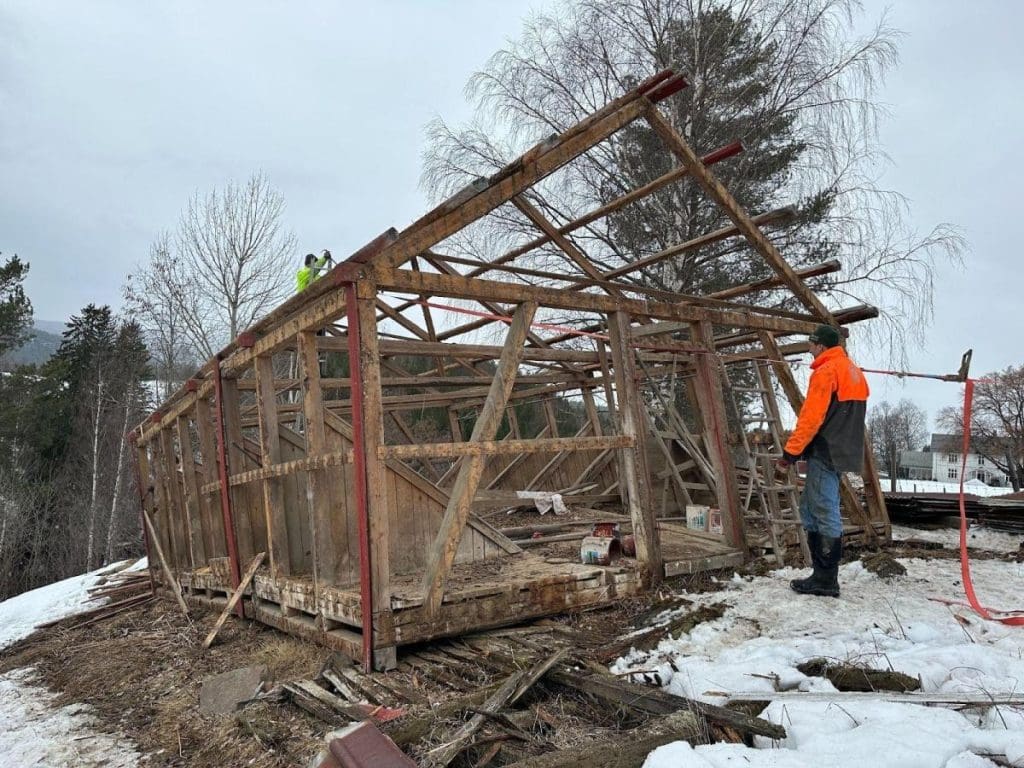
This Demonstrator takes inspiration from Norway’s historic use of timber as a construction material and looks to pilot the multi-cycle reuse of structural wood elements to create temporary commercial constructions. Multi-cycle reuse of wood is currently very limited throughout Norway and Europe, but this Drastic solution has the potential to utilise approximately 4.5m tonnes of reclaimed wood from an estimated 500,000 empty barns nationwide.
Balaguer, Spain
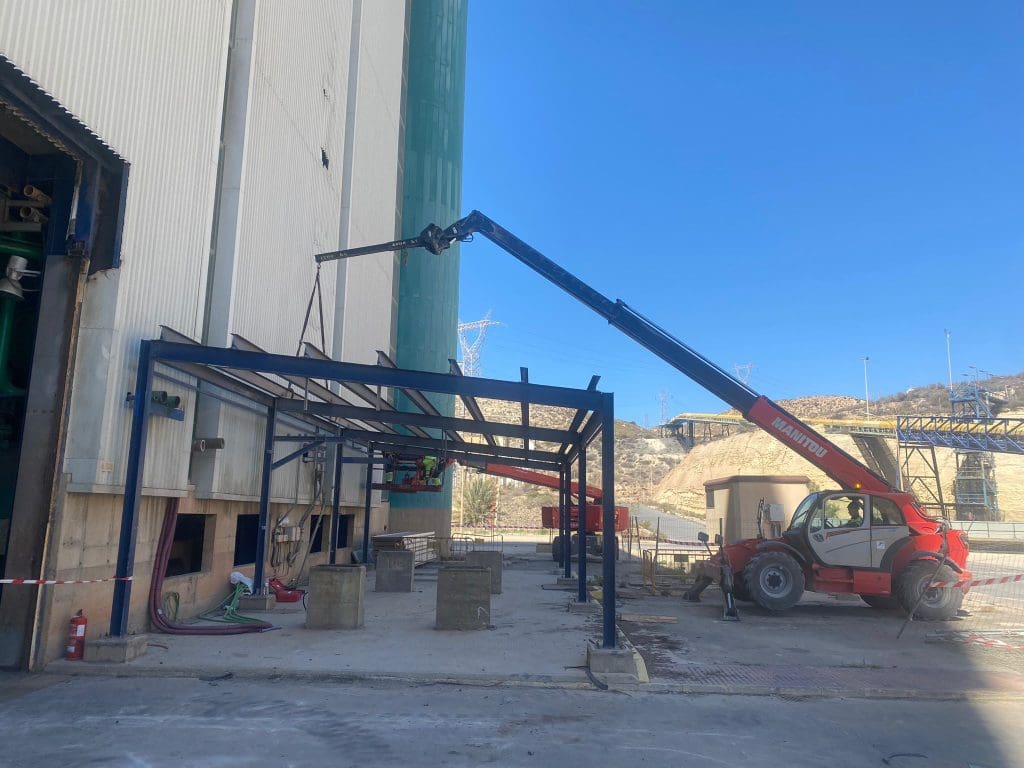
Attending to the ‘structural layer’ of buildings, Drastic’s Spanish Demonstrator tackles two materials which can have the largest environmental impact within the built environment life cycle: cement and steel. With no established ecosystem for the disassembly and reuse of structural steel elements, this Demonstrator looks to implement and prove the feasibility of such a system. Additionally, this project aims to repurpose white slag (a by-product from the secondary steelmaking process) via its application as a supplementary material within concrete.
Düsseldorf, Germany
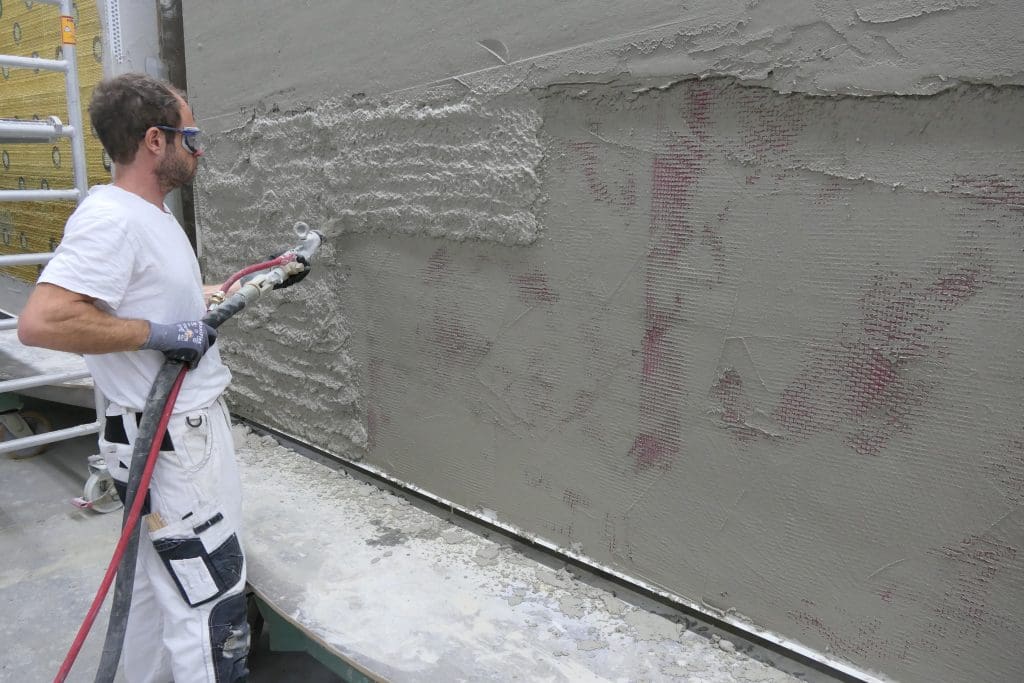

Addressing the ‘skin’ layer of buildings, this Demonstrator will focus on developing a circular External Thermal Insulation Composite System (ETICS), designed to improve the energy efficiency of both new and existing buildings. This external wall insulation system is typically fabricated from many different layers, of which the materials and components cannot currently be reused or recycled
Rapla, Estonia
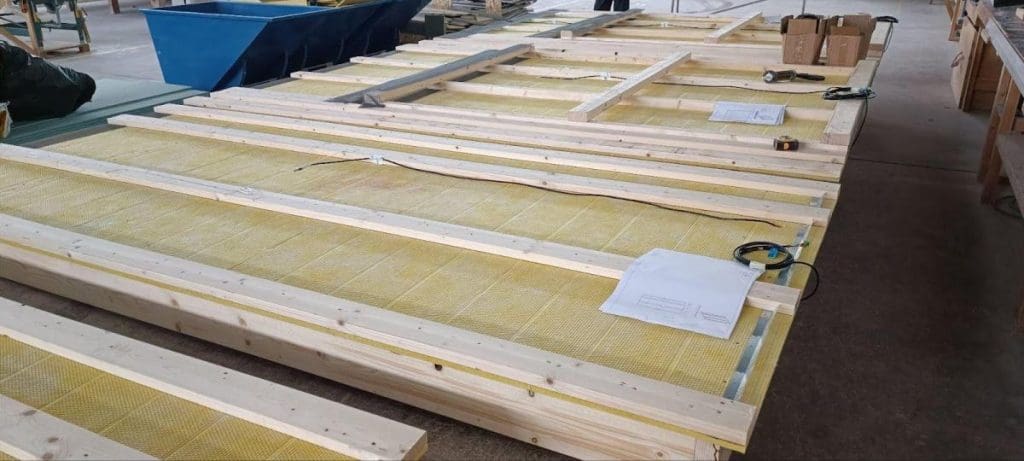
82% of dwellings in Estonia have low energy performance, with no current ecosystem to support the development and application of prefabricated façade elements that would help address this issue. Using circular principles, Drastic’s Estonian Demonstrator aims to address the low energy performance of buildings through deep energy retrofits and renovations to their skin and service layers.
Saint-Denis, France
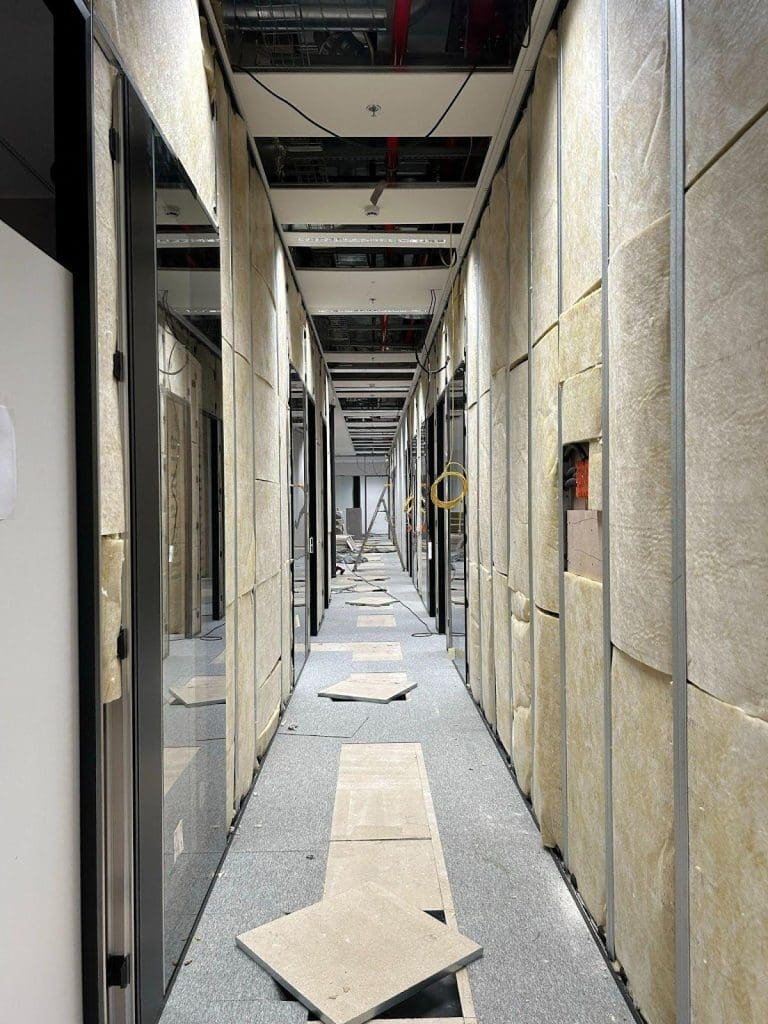
This Demonstrator aims to prove the potential for the reusability of interior space plan products, such as ceiling tiles and partition walls, within the context of an office retrofit. The reuse of modular office partition walls and ceilings is in its infancy across Europe; such products are currently incinerated with energy recovery or landfilled at the end of their lifespan.
Evaluating impact
With the help of its multi-faceted Demonstrators, Drastic plans to develop a ground-
breaking approach to sustainability and circularity assessment, validation and governance risk and mitigation, including revolutionising how data is homogenised, traced, and shared amongst value chain stakeholders.
Additionally, Drastic will utilise innovative technology to enhance data-driven tools for quality evaluation, thermal efficiency, automatic asset identification, multi-cycle traceability, and social acceptance. All of this will be integrated into a common digital platform, available on the Drastic website as an invaluable tool and beacon of knowledge for all to use.
Recent project achievements
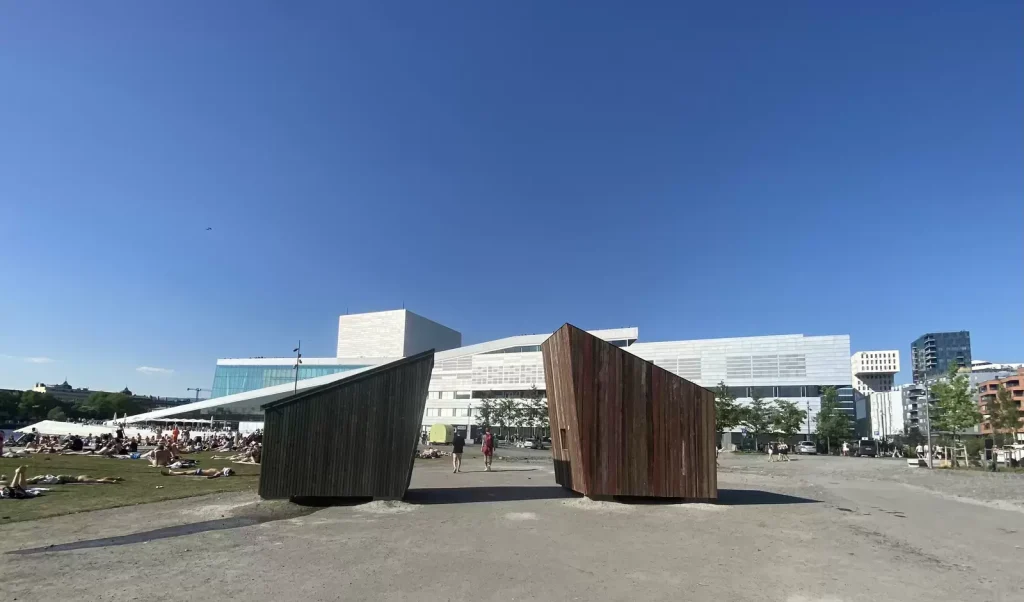
Recent achievements for the project include the development of a new data protocol on Multi-cycle Sustainability Assessments, as well as the release of a Design Guidance and Assessment Framework.
The new Multi-cycle Sustainability Assessment Protocol aims to solve a key challenge of fragmented sustainability data—where different projects use varied KPIs, formats, and methods to assess Multi-cycle Sustainability, making it difficult to compare, consolidate, and accurately assess results.
The protocol, developed by project partners CAALA, Madaster, VITO, and Tecnalia, standardises how sustainability data is collected and calculated across the different Demonstrators. It ensures Multi-cycle Life Cycle Assessments (MLCA) and Costing (MLCC) utilise consistent and comparable information, streamlining data gathering, guiding priorities, and improving the accuracy of environmental and economic insights.
Thanks to the framework being built on the widely accepted European standard EN 15804+A2:2019, and being further enhanced with circular economy strategies, it is widely scalable and can be applied far beyond Drastic’s own Demonstrators.
The recently released Design Guidance and Assessment Framework has also been created, supporting building-product developers, architects, real estate developers, and environmental assessors in integrating multi-cycle sustainability, circularity, and sufficiency into their design and assessment processes.
The framework is used to assess the Demonstrators repeatedly, validating their effectiveness in reducing total environmental impacts and total life cycle costs while enhancing levels of circularity. Yet again, the framework is comprehensive in nature and designed to be used by a diverse array of construction sector professionals, reaching far beyond the Drastic Project itself.
Propelling award-winning circular innovations
Drastic has recently won two awards as part of Construction 21 International’s Green Solutions Awards 2024-2025, awarded to project partners Produktif and Omtre for their design and submission of a Passivhaus construction to the Ice Box Challenge in the summer of 2024.
For the challenge, two mini-houses were constructed — one in accordance with the Norwegian national code and the other according to the energy-efficient Passivhaus standard. On 19 May 2024, a one-tonne ice block was placed in each mini-house to test the individual insulation performance of each. The houses were displayed outdoors for a month in the middle of summer in Oslo, Norway.
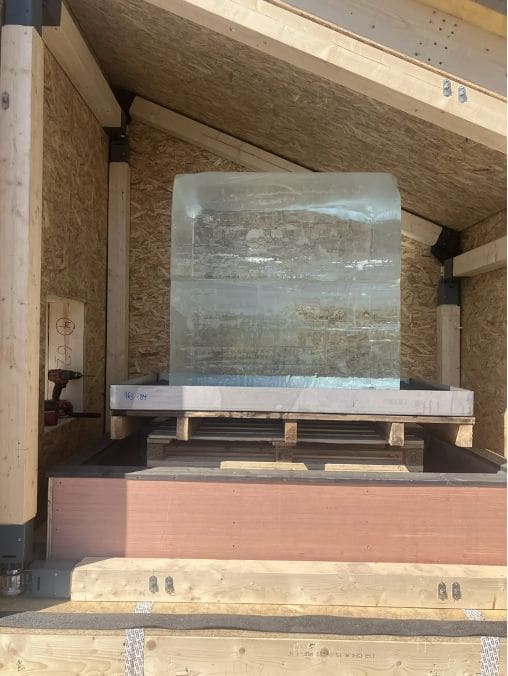
After 33 days, the Passivhaus unit retained 150 kg of ice, while the standard unit’s ice had melted entirely within just 11 days. This challenge highlighted the potential of circular design, with the Passivhaus mini-house providing a platform for Produktif and Omtre to test their innovations ahead of their joint Norwegian Drastic Demonstrator.
The Passivhaus-standard building highlighted the extent of efficiency in energy-efficient construction, using bio-based, repurposed materials and modular elements, designed to be disassembled and reassembled without screws, nails, or glue, guaranteeing a 100% reuse rate at the end of the building’s life.
The architecture used in the Passivhaus design incorporated the Design for Assembly and Disassembly methodology and ‘C-Joint’ systems from Produktif, along with cladding made from repurposed Norwegian barn planks and waste wood that was harvested, sorted, and supplied by Omtre. The event, co-organised by Produktif, was honoured by the presence of Her Royal Highness Princess Astrid of Belgium, who re-opened the mini-houses on June 19, 2025, to reveal the remarkable results.
The Green Solutions Awards 2024-2025 awarding body stated that the design was ‘highly replicable’ and ideal for raising public awareness on sustainable construction, energy efficiency, reuse, and circularity. Its bio sourced and recycled materials — as well as its flexible design — were also praised.
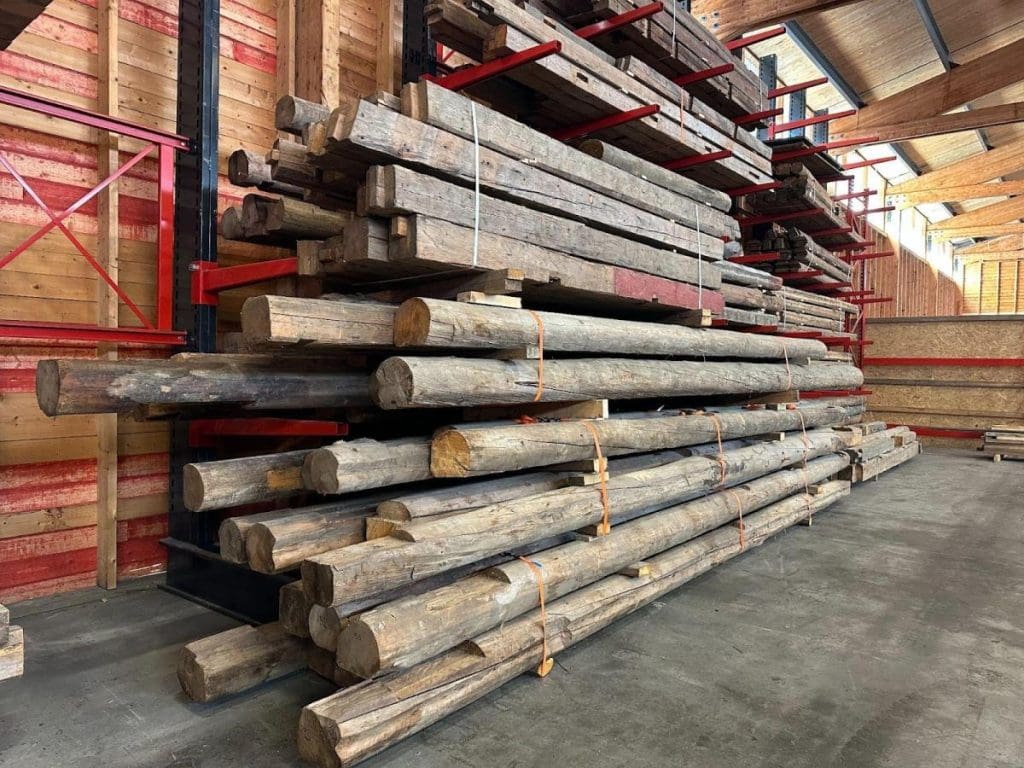
Shaping a circular future beyond Drastic
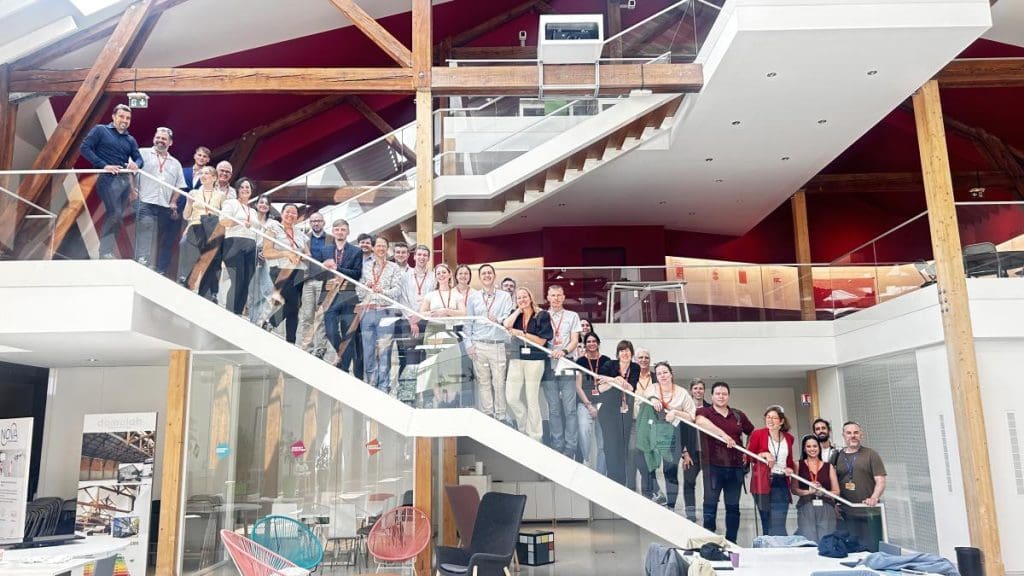
Drastic’s main aim is not simply to deliver five successful Demonstrators—but to prove that circular, sustainable, and affordable construction can become the foundation of Europe’s built environment.
Each Demonstrator, whether reclaiming structural timber in Norway, creating a market for reusable steel in Spain, or rethinking insulation systems in Germany, serves as a tangible example of how innovation, data, and collaboration have the potential to transform and revitalise the construction industry and the built environment.
Drastic’s true ambition extends far beyond each individual Demonstrator, with each element of the project designed for maximum adaptability, transferability and scalability. It is greatly hoped that the frameworks, protocols, and tools developed as part of the project’s work will be used and shared by other regions, climates, and markets. By ensuring that every assessment method, design approach, and technical specification is standardised, the project is laying the groundwork for the adoption of circular construction practices into the mainstream.
The hope is that these innovations will help deliver whole life cycle decarbonisation of the EU’s building stock by 2050, influencing policy, guiding investment, and inspiring similar efforts worldwide.
By addressing each layer of buildings holistically, Drastic aims to demonstrate that a circular future is not only possible, but essential—and that the time to build it is now.
The post The Drastic Project: Reducing whole life carbon and increasing circularity in the built environment appeared first on Planning, Building & Construction Today.

